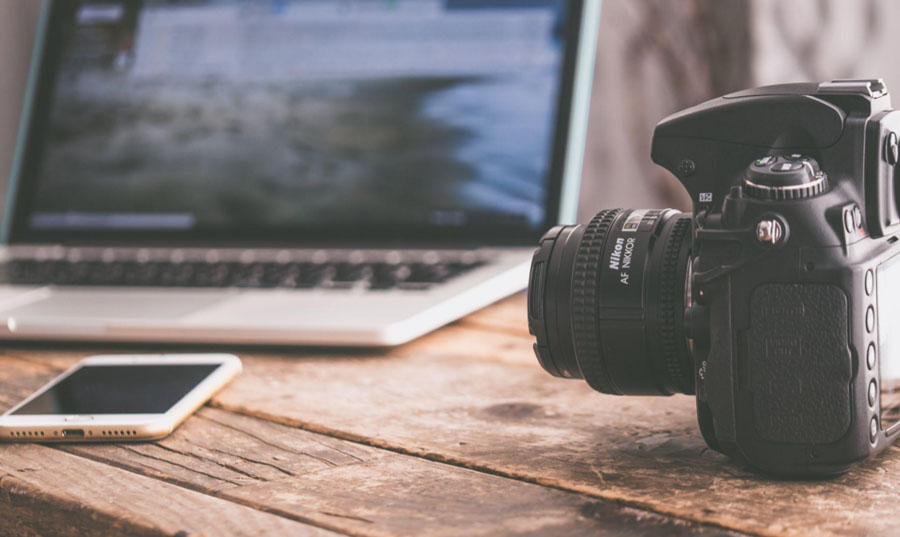
Essential Checklist To Host Your First Virtual Open House
Spreading the word of your virtual open house in advance is key. We offer a property boost promotion for our members on our platform.
Decide on the type of open house you’ll be preparing for (live versus pre-recorded).
Choose the format you’ll host the open house on: For live streams, use Sell The Dwell.
Convey your event through social media, email marketing, or by sharing on your website at least a week in advance. Include details on when and how to join, where the property is located, and images of the property beforehand to filter interest.
Narrow down your target market (if you’re doing paid advertising, you’ll need to select who you’re trying to reach to make the most of your budget).
Do a technology run-through beforehand at least once and check the quality and sound of the footage, as well as the internet speed (note the shakiness, pace, and smoothness of the video).
Practice flipping between the front and back-facing camera (if using a smartphone).
Understand the home’s layout and plan the route you’ll be taking throughout (slow down on key spaces and avoid passing through the same areas too many times). Monitor video analytics for your future video tours, so you have more insight on the best time of day to go live, and so you know which elements to include that attract greater engagement.
Practice getting the right camera angles (you’ll want to include some still pauses throughout the video, but be sure these are positioned to show the widest view of the space).
Rehearse your voiceover, timing it to the right parts of the tour.
Research the neighborhood and unique selling points of the home beforehand.
Filming your open house on the day of:
Arrive at least 30 minutes early to inspect the home.
Turn on all the lights and open the doors between rooms.
Film in the orientation of your chosen platform (e.g. landscape mode)
Use descriptive words throughout the tour to give context to things that are usually easily identified in person but made harder by video (such as types of wood, materials, or surfaces).
Give the right amount of time for your tour to leave room afterward for Q&A.
Bring an external battery pack in case of emergencies.
Think beyond your virtual open house. The experience of a potential buyer or renter during times of social distancing has changed. More than ever, they require special attention when it comes to details that they might not personally have access to when checking out properties.
A lot of that attention doesn’t just come from having beautiful video footage. At the end of the day, being a successful agent or landlord comes from having experience and expertise in the industry.
While it may take a bit of time to adopt a new way of working, one that involves much more technology than you’re perhaps used to, don’t forget that all the other factors of being successful (your market knowledge, reliability, and approachability) not only matters but matters even more during your selling or renting process.
Even though you’re likely spending most of the time behind the camera, don’t forget to show your personality, be memorable, and offer unforgettable experiences beyond the virtual tour.
Ask your viewers for review and give feedback on how you can improve their experience (a good time to also do this is at the end of the live session Without a doubt, virtual open houses lead to greater opportunities to connect with your prospects or leads when you still have their active attention)
Without a doubt, virtual open houses lead to greater opportunities to connect with your prospects or leads try it today on Sell The Dwell.
